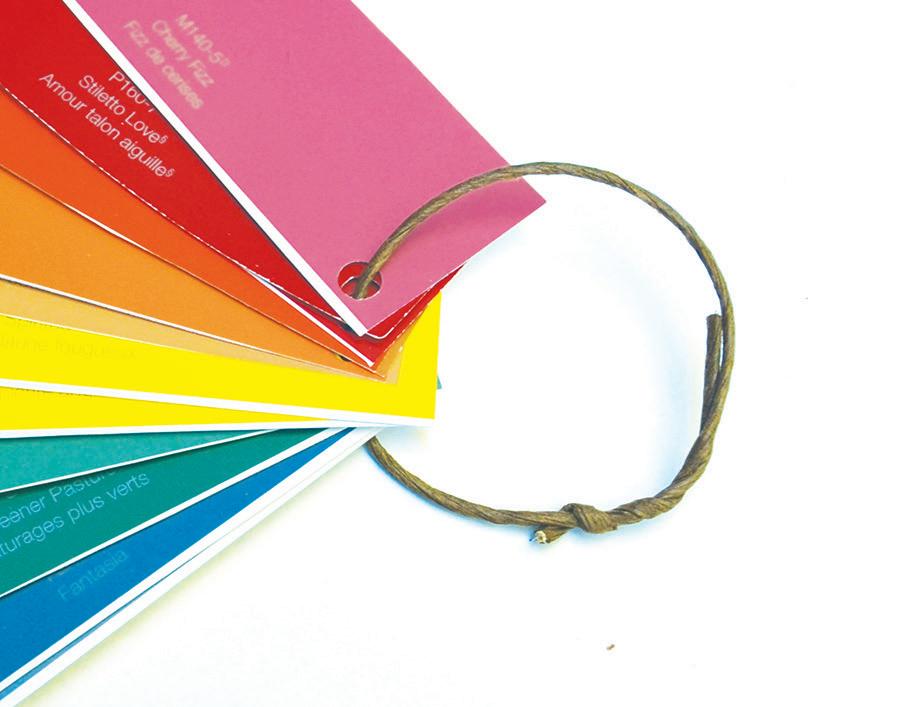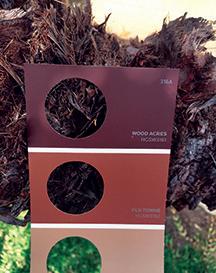SCIENCE BIOLOGY
Ancients
Invictus Classical Press
Science: Nature Studies and Biology
© 2020 Invictus Classical Press
AUTHOR: K. Nicole Henry - All rights reserved. No part of this curriculum may be reproduced or transmitted in any form by any meanselectronic, mechanical, photocopying, recording without written permission from Invictus Classical Press. invictusclassicalpress@gmail.com www.invictusclassicalpress.com
CREATIVE DIRECTOR: Myriam Grimard
GRAPHIC DESIGNER: Laury Grimard
COLLABORATOR: Julie Goyette
Printed in Québec city, Québec, Canada and Houston, Texas, United States.
Welcome to the Invictus Classical Press (ICP) Biology Science Guide!
We at ICP believe that there is truth, goodness, and beauty to be found in the Classical method and Charlotte Mason pedagogy. This curriculum seeks to bring what people love best of each, together into one comprehensive resource.
A Classical Charlotte Mason education is motivated by God’s glory and utilizes beautiful and true material within the Trivium-based method. Its goal is the formation and equipping of the whole person made in God’s image, who can learn, reason, and persuade people to the enduring truths of God and act virtuously toward their neighbor.
The 5 Kingdoms Of Living Things
Lesson 1
Nature Walk: Scavenger Hunt & Paint Card Match-Up
(Correlates with Invictus Ancients MW: Weeks 1, 2, 3, 4)
As one sits here in summertime and listens to the cuckoo and all the other bird songs, the crackling and buzzing of insects, as one gazes at the shining colors of flowers, doth one become dumbstruck before the Kingdom of the Creator.
~ Carl Linnaeus
DESCRIPTION
As students go on a nature walk, they will use their sense of sight to collect and match natural specimens to a variety of colored paint swatches. They will bring the specimens back to class to discuss, sketch, and then tape to the paint swatches. They will also learn about taxomony, Carl Linnaeus, what it means to be alive, and the Five Kingdoms of Living Things.
MATERIALS:
• A variety of paint swatches in lots of different colors (4 or 5 per student)
• Hole punch (big and small)
• Scotch tape
• Bag (1 per student)
• Craft wire string, or Binder ring (1 per student)
• Black Sharpie marker
• Nature Journal
DIRECTIONS
PREPARE
1. Head to the hardware store to gather multi-hued paint swatches.
2. Sort the paint swatches into piles of four or five and punch a hole in each hue of the card, as well as one in the top corner to put the ring through.
3. Place the cards on the rings.
4. Using a Sharpie, label the bags with the student’s names.
5. Make a few sample cards with specimens taped on to show the students.
6. Make a (simple!) sample nature journal entry to show the students.
7. Find a read aloud on Carl Linnaeus and bring it to class. Carl, Get Out of the Garden! by Anita Sanchez is great.
INSTRUCT
Tell the students that today they will be learning about taxonomy and how it applies to the natural world. They will also learn how we can know if something is alive, the five-kingdom system of classification, and a little bit about Carl Linnaeus.
WHAT IS TAXONOMY?
Begin by writing the word TAXONOMY on the white board and ask the students if they know what it means. (If students are using the Invictus Classical Press Ancients Memory Guide, many of the definitions found in Lessons 1-6 can be found there.) Taxonomy, from the Ancient Greek words τάξις taxis (arrangement) + νομία nomia (method), is the science of classifying living organisms. As humans, we have a natural instinct to arrange things into common groups. One of the oldest recorded examples of taxonomy is by Aristotle (384-382 BC), an Ancient Greek philosopher. He divided everything in the natural world into two groups: animals and plants. He then arranged them according to their attributes,
such as organisms with two legs, animals with wings, animals that gave live birth, and so on. The Aristotelian method of classification was carried on into the Middle Ages, where scientists/naturalists such as Isidore of Seville (560 – 636 AD) included mythical and moral elements in their classifications.
In the Renaissance and Early Modern Era, due in large part to new inventions such as the microscope, classification of the natural world became more detailed and continued at a greater pace. More and more species of animals and plants were catalogued according to kinds and attributes and many scientific treatises were published. But it was Swedish botanist, Carl Linnaeus (1707-1778), considered the “Father of Taxonomy,” who brought the classification of living things into the Modern Era.
WHO WAS CARL LINNAEUS?

Linnaeus was born in Råshult, Sweden. His father was a Lutheran pastor who was interested in botany and passionate about flowers. He was home educated until the age of eleven, learning Latin, Geography, and Theology. His father wanted him to become a pastor, but Carolus followed his father’s passions and instead became a Doctor of Medicine and a botanist. As he observed nature, he categorized what he saw into plants, animals, and minerals and then later began sub-categorizing plants and animals by genera (Latin for “birth, race, or stock”) and species (Latin for “appearance, form, or beauty”). Through observing and studying nature, he acquired a strong sense of God’s presence in the world around him. He wrote of his work that “In natural science the principles of truth ought to be confirmed by observation.” Many scientists after Linnaeus have contributed to the field of taxonomy, so many in fact, that today it is difficult (but not impossible!) to find an animal or plant that has not been fully classified.
Carl von Linné (Linnaeus) in his Lapland costume, by Martin Hoffman (1737)
After you have introduced taxonomy and talked about Linnaeus (you gauge how much or how little you wish to present to your class depending on their ability level), move on to what it means to be alive!
WHAT DOES IT MEAN TO “BE ALIVE”?
Begin by asking the students what they think makes something alive before you explain to them that things that are alive have seven* characteristics in common: They are made of cells, obtain energy and give off waste, respond and adjust to their environment, reproduce and have offspring, grow and develop, and maintain homeostasis. Take a minute and name some familiar things that are alive, like cats, fish, birds, etc. Then name some common plants and trees, as well as fungi. Ask the students to name some things that are not alive, such as rocks and tables and television sets.
WHAT ARE THE FIVE KINGDOMS OF LIVING THINGS?
Finally, explain to the students that scientists have placed ALL living things into FIVE KINGDOMS** to make organizing and learning about them easier. You can list the names of the kingdoms on the white board if desired, and then write down what the students say under the correct heading. The FIVE KINGDOMS are:
Animalia: Organisms in this kingdom consume other organisms for energy.
Plantae: Plants create their own energy using sunlight through photosynthesis.
Fungi: Fungi are like plants but consume other organisms for energy.
Protista: Protists are microscopic eukaryotic organisms that are not animals, plants, or fungus.
Monera: Monera are prokaryotic, single-celled organisms with no nucleus.
* Some scientists adhere to four characteristics for life, and others adhere to six. We chose to use seven, but no matter which number you choose, they all contain the same information.
** The five-kingdom classification system has been in use since 1969. Since then, scientists have used an updated six kingdom system that divides kingdom Monera into two separate kingdoms, as well as a system that divides the five kingdoms into three domains. It is important for older students to know about the different systems of classification, but young students can begin with the five-kingdom classification that is recognized world-wide.
1. Once you are finished the teaching time, go over the community rules for outside time with your class. You should familiarize yourself with the poisonous/dangerous flora and fauna in your geographic area before taking the students out. In fact, it’s a good idea to show your students pictures of the things they should not touch including poison ivy/oak, berries, mushrooms, snakes, etc., so they can be on the look out for them. If you come upon anything poisonous as you’re outside walking, bring the student’s attention to it and move on. The general rule of thumb is that if you don’t know if something is poisonous/dangerous, leave it alone.

2. After the rules are clear, explain to them that they are going on a “Color Scavenger Hunt,” using paint swatches. They are to use their sense of sight to seek out natural specimens that match the colors on the paint swatches they have been given. Show them your sample so they understand. Using the paper bag, they are to collect small items that match the colors they have been given.
3. Hand out the paint swatch rings and a bag to each student and head out!
OBSERVE & SKETCH
Once you’re back in class, take a minute to talk about their specimens. Name them (if possible), smell them, and have them gently feel the texture. Encourage them to use adjectives and similes as they describe them to you and the class, then have the students choose one or two to sketch in their notebooks. Show them your simple journal entry so they have an idea what to do. In general, a nature journal entry contains the date (and perhaps the time), the weather (sunny, cloudy, hot, cool etc.), the temperature, and the location. The specimen is identified in both English and Latin, if possible, using the binomial system.
Nature sketches can be super simple or super complex, and there is no need to stress over them! When sketching time is over, help them tape the specimens on the matching cards. Anything that can’t be taped can be put back into the bag and sent home.
The first step in wisdom is to know the things themselves; this notion consists in having a true idea of the objects; objects are distinguished and known by classifying them methodically and giving them appropriate names. Therefore, classification and name-giving will be the foundation of our science.
~ Carl Linnaeus
Boëtius de Boodt
Biology, Unit 1, Lesson 1 © Invictus Classical Press









